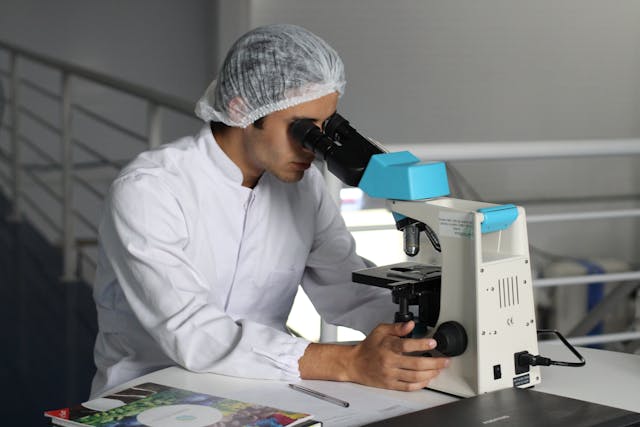
Uterine fibroids, also known as leiomyomas or myomas, are benign tumors that develop in the uterine muscle tissue. They can vary in size, shape, and position and are rather common. While many women with fibroids have no symptoms and do not require treatment, others can experience a number of issues such as pelvic pain, heavy monthly bleeding, and pregnancy complications. When deciding on a course of action, it is critical to ask the right questions to ensure that the chosen option meets your lifestyle and health needs. These three crucial aspects should be considered while seeking uterine fibroid treatment.
What Are the Available Treatment Options for Uterine Fibroids?
When it comes to treating uterine fibroids, there are several treatments available, each adapted to the fibroids’ size, location, and symptoms, as well as the patient’s general health and preferences. Typical treatment modalities include surgery, minimally invasive treatments, and drugs. Medications, including hormonal treatments, can help control symptoms by adjusting the menstrual cycle and, therefore, lowering bleeding. Women who want to retain their uterus and protect their fertility can find these therapies helpful. For patients with severe symptoms, minimally invasive treatments, including MRI-guided focused ultrasonic waves or uterine artery embolization (UAE), can efficiently reduce fibroids without resorting to significant surgery. More comprehensive surgical alternatives like hysterectomy (removal of the uterus) or myomectomy (removal of fibroids while keeping the uterus) can be advised for bigger fibroids or when earlier therapies have failed. It is recommended to consult a specialist for uterine fibroid treatment in Memphis, TN if you reside there that will treat you and help you to recover. To make a wise choice that takes long-term health consequences into account, as well as acute symptom alleviation, one must first be aware of the hazards and advantages of every alternative.
What Are the Potential Risks and Side Effects of Treatment?
Understanding the possible risks and side effects of any medication is critical to making educated healthcare decisions. Every treatment choice for uterine fibroids carries some hazards that should be carefully explored with a doctor. Particularly in women with some medical problems, drugs can cause adverse effects like weight gain, mood fluctuations, or increased risk of blood clots. Minimally invasive treatments like UAE might have side effects like infection or unintentional injury to surrounding organs. Although many times successful in relieving symptoms, surgical choices have inherent dangers associated with any major operation, including anesthetic issues, too much blood, or scars. Women who have a hysterectomy will also be unable to conceive. Hence, it is imperative for individuals who are considering this choice to balance the emotional and physical consequences. Having open conversations about these possible hazards with a healthcare professional can enable women to better plan for and expect post-treatment recovery.
How Will the Treatment Impact Future Fertility and Pregnancy?
Many women dealing with uterine fibroids are concerned about their fertility and capacity to carry a pregnancy to term. While talking about treatment plans, future fertility should be a major factor taken into account depending on the treatment choice. Although the drugs used to control fibroid symptoms might not directly affect fertility, the kind of operation required might greatly impact future reproductive health should surgery be required. One surgical treatment meant to remove fibroids while retaining the uterus is a myomectomy, therefore preserving a woman’s capacity to procreate. Nonetheless, the minimization of future difficulties during pregnancy depends much on the surgeon’s method and degree of expertise.
On the other hand, a hysterectomy which entails the total removal of the uterus absolves all possibility of future pregnancies. Women should be clear about their family planning preferences to their doctors so that a treatment plan fits their reproductive objectives. Participating in these conversations can result in well-informed choices that not only solve present medical issues but also give future family goals top priority.
Conclusion
Uterine fibroids are a common but complicated health concern for many women, and understanding treatment choices is critical for successful management. Women can make wise decisions that promote their health and wellness by posing appropriate questions on available therapies, possible risks and side effects, and consequences for future fertility. Tao guarantees all facets of health and lifestyle are taken into account in the decision-making process, the path toward determining the suitable uterine fibroid treatment must be carefully considered, and open communication with healthcare providers must be emphasized.


